So, you’ve dipped your toes into the beginner’s guide to Japanese onsen and maybe even enjoyed your first soak. Ready to level up? Let’s talk about why hot springs make you feel so good—and how to enjoy them like a pro without getting dizzy.
日本の温泉に秘められた科学――なぜ体に驚くべき効果をもたらすのか
さて、初心者向け温泉ガイドを少し試してみて、初めての入浴を楽しんだ方もいるでしょう。次はレベルアップです!温泉がなぜこんなに気持ちいいのか、そしてプロのようにめまいを起こさずに楽しむ方法についてお話ししましょう。

I absolutely love hot springs, but I’m careful about how I bathe in them. By learning the specific benefits of each hot spring’s mineral composition and bathing correctly, you can enjoy them even more.
温泉が大好きですが、入浴方法には気を付けています。それぞれの温泉の成分が持つ効能を理解し、正しい入浴法を守ることで、より一層楽しむことができるんですよ
Understanding Onsen Minerals and Their Effects
Japanese hot springs are more than just hot water — they are filled with minerals that seep out from deep underground. These minerals are believed to provide a variety of health benefits, depending on the type of spring.
- Sulfur springs: famous for its strong smell, but also great for skin conditions. cleanse and smooth the skin.
- Iron-rich springs: gives the water a reddish tint and can help with fatigue. warm the body and help with anemia.
- Salt springs: trap warmth and are great for cold sensitivity.
- Carbonated springs: tiny bubbles that improve blood circulation.
- Simple hot spring water – gentle on the skin, perfect for beginners.
Each onsen has its own “personality” based on these ingredients.
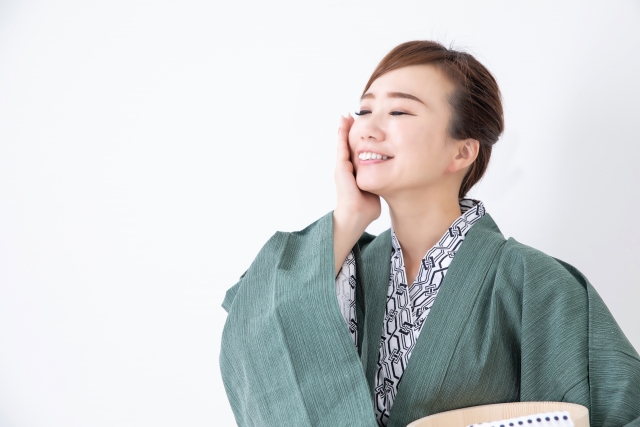
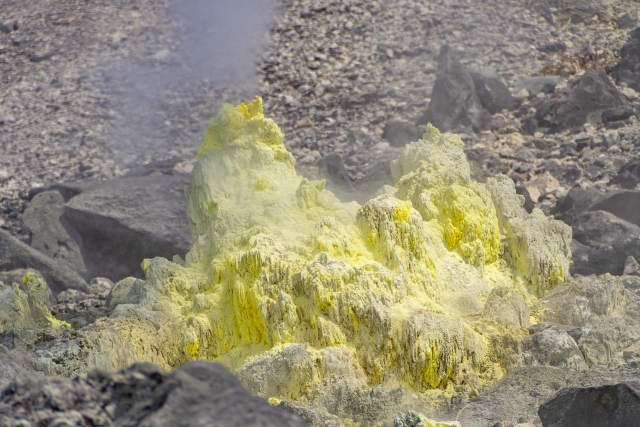
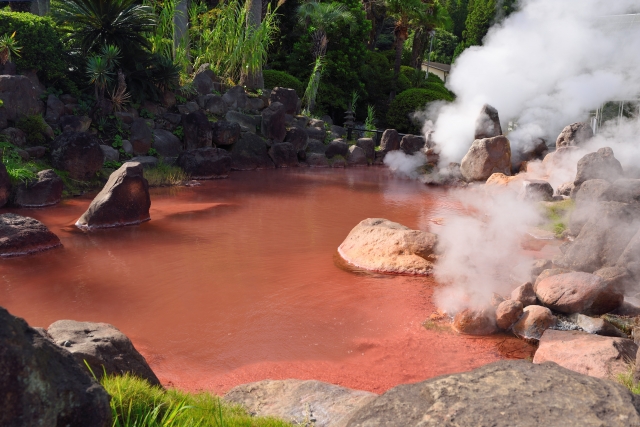
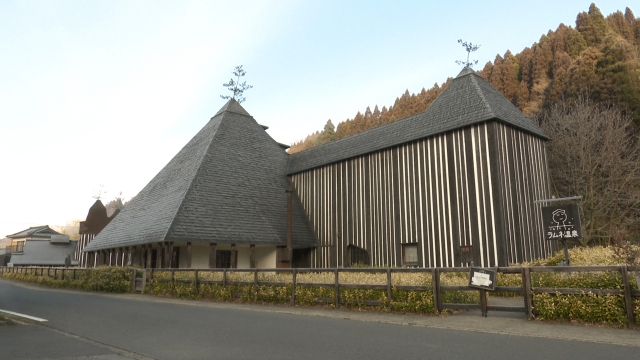
日本の温泉は単なるお湯ではありません。地下深くから湧き出るミネラルが豊富に含まれています。これらのミネラルは泉質によって様々な健康効果をもたらすと考えられています。
硫黄泉:強い臭いで有名ですが、皮膚疾患にも効果的です。肌を清潔にし、滑らかにします。
鉄分豊富な温泉:水に赤みを帯びた色合いを与え、疲労回復に役立ちます。体を温め、貧血の改善を助けます。
塩泉:熱を閉じ込め、冷え性の方に最適です。
炭酸泉:微細な泡が血行を促進します。
単純温泉 – 肌に優しく、温泉初心者の方にぴったりです。
それぞれの温泉には、こうした成分に基づいた独自の「個性が」あるのです。
Why Do Onsen Make Your Skin Smooth?
Many visitors notice their skin feels softer after a soak. This comes from minerals like sulfur and metasilicic acid, which gently remove dead cells and moisturize. In Japan, some springs are even branded as “bihada no yu” — “baths for beautiful skin.”

The smell of sulfur is like boiled eggs. I don’t mind it at all, but if it bothers you, you might want to skip it. Generally, any hot spring will leave your skin feeling smooth. Sulfur springs do it even more.
硫黄の匂いはゆで卵のようなものです。私は全く気にならないのですが、気になるなら避けた方がいいかもしれません。一般的に、どの温泉でも肌がすべすべになりますが、硫黄泉はさらにその効果が高いんですよ。
温泉が肌を滑らかにする理由
入浴後、肌が柔らかくなったと感じる人は多いでしょう。これは硫黄やメタケイ酸などのミネラルが、古い角質を優しく除去し保湿するためです。日本では、一部の温泉は「美肌の湯」と称されるほどです。
Why Do Muscles Relax in Onsen?
The warm water dilates blood vessels, helping muscles recover from fatigue. It’s like a natural heat therapy session — ideal after hiking or long walks during your trip.
This is why athletes in Japan often hit the onsen after training.
温泉で筋肉がほぐれる理由
温かいお湯は血管を拡張させ、筋肉の疲労回復を助けます。自然の温熱療法のようなもので、旅行中のハイキングや長時間の散歩後に最適です。
日本のアスリートがトレーニング後に温泉に入るのはこのためです。
Why Do You Sleep Better After Onsen?
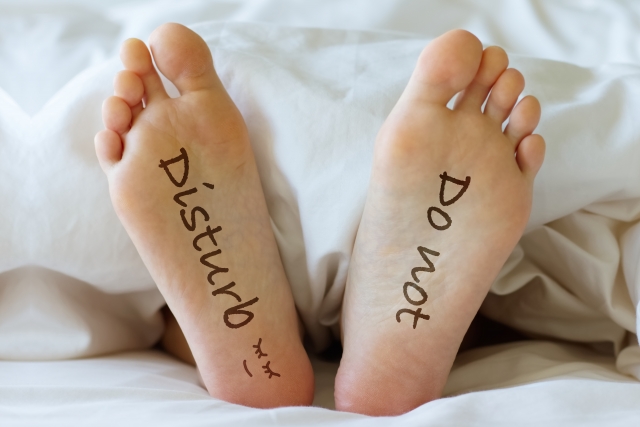
Your body temperature rises in the bath and then gradually cools down, which signals your brain that it’s time to sleep. Combine that with reduced stress, and you’ll probably sleep like a baby.That’s why many Japanese recommend bathing in the evening.
なぜ温泉の後はこんなにぐっすり眠れるんだろう?
入浴で体温が上昇し、その後徐々に冷めていく過程が、脳に睡眠の合図を送ります。これにストレス軽減が加われば、きっとぐっすり眠れるでしょう。
そのため多くの日本人は夕方の入浴を推奨しています。
Do Onsen Really Boost Immunity?
Yes, to a certain extent. The repeated heating and cooling of your body in onsen is believed to activate your immune system. Some research suggests that regular bathing may help your body fight off colds more effectively.
Just don’t expect one bath to turn you into a superhero—it’s about balance and routine.
温泉は本当に免疫力を高めるのか?
ある程度は効果があります。温泉で繰り返される体温の上昇と下降が免疫システムを活性化させると考えられています。定期的な入浴が風邪の予防に効果的であるという研究結果もあります。
ただ、一度の入浴でスーパーヒーローになれるとは思わないでください——大切なのはバランスと習慣です。
Famous Onsen by Mineral Type
Sulfur Hot Springs – “Bihada no Yu” (Beautiful Skin Baths)
Sulfur springs are often called “bihada no yu”, meaning “baths for beautiful skin.” They help remove impurities and leave skin feeling smooth. Famous examples include:
- Hakone (Kanagawa) – Just an hour from Tokyo, perfect for day-trips.
- Kusatsu Onsen (Gunma) – With its impressive Yubatake hot water field.
- Unzen Onsen (Nagasaki) – A historic healing site with volcanic landscapes.
- Noboribetsu (Hokkaido) – Known as “Hell Valley,” yet beloved for its skin-beautifying baths.
Carbonated Springs – Natural Sparkling Onsen
Carbon dioxide hot springs are rare, but unique. Tiny bubbles cling to your skin, boosting circulation and giving you the feeling of bathing in natural soda water. Famous spots include:
- Shirakawa Onsen (Kumamoto) – A quiet, hidden onsen where the water feels like sparkling soda.
- Nagayu Onsen (Oita) – Famous for both bathing and drinking the fizzy water.
- Yunomoto Onsen(Miyazaki) – It is famous for its high-concentration carbonated hot springs.
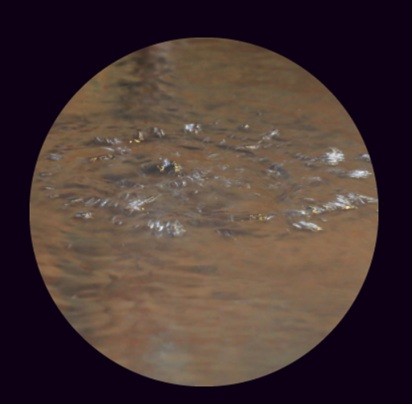
- Sichirida Onsen(Oita) – This place is also famous for its high-concentration carbonated hot springs.
鉱物成分別有名温泉
硫黄泉 – 「美肌の湯」
硫黄泉はしばしば「美肌の湯」と呼ばれ、肌の汚れを取り除き、滑らかな肌触りを残します。
代表的な例:
箱根(神奈川県) – 東京からわずか1時間、日帰り旅行に最適。
草津温泉(群馬県) – 壮観な湯畑が特徴。
雲仙温泉(長崎県) – 火山景観に囲まれた歴史ある療養地。
登別温泉(北海道) – 「地獄谷」の異名を持つが、美肌効果で愛される。
炭酸泉 – 天然の炭酸温泉
二酸化炭素を含む温泉は珍しく、独特な特徴があります。微細な泡が肌にまとわりつき、血行を促進。天然の炭酸水に浸かっているような感覚を味わえます。
有名なスポット:
白川温泉(熊本県) – 静かな隠れ湯で、炭酸ソーダのような肌触り。
長湯温泉(大分県) – 炭酸水を飲むことでも入浴することでも有名。
湯之元温泉(宮崎県) – 高濃度の炭酸泉で有名です
七里田温泉(大分県) – ここも高濃度の炭酸泉で有名です
How to Bathe Without Overheating
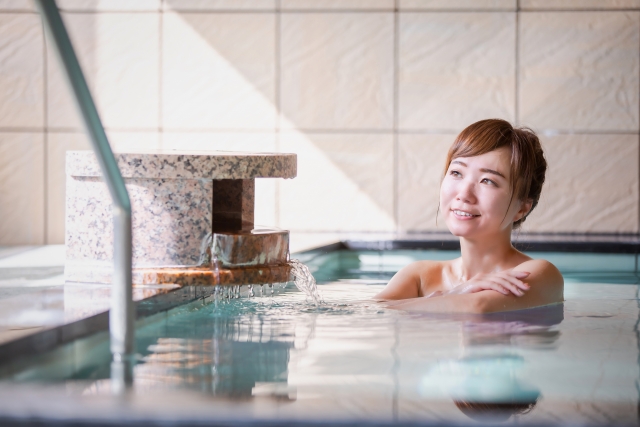
Here’s the secret to bathing like a local:
- Start short – 5 to 10 minutes is enough at first.
- Take breaks – step out, cool down, drink some water.
- Repeat – go back in for another round if you like.
- Listen to your body – dizziness or a racing heartbeat means it’s time to get out.
⚠️ Don’t do this on your first try: jumping straight into a super-hot bath and staying too long. That’s the fastest way to get lightheaded (and maybe even embarrass yourself by fainting).
熱中症にならない入浴方法
現地人のように入浴する秘訣はこちら:
1.短時間から始める – 最初は5~10分で十分です。
2.休憩を取る – 外に出て、体を冷まし、水を飲みましょう。
3.繰り返す – 気に入ったら、もう一度入ってみてください。
4.体の声に耳を傾ける – めまいや動悸を感じたら、出る時です。
⚠️ 初めての方は絶対にやめてください: いきなり熱すぎるお風呂に飛び込み、長時間浸かり続けること。これがめまいを起こす(そして気絶して恥ずかしい思いをすることさえある)最も早い方法です。
Final Tip
Every onsen has its own style—some recommend short dips, others encourage longer soaks. Check the signs or ask the staff if you’re not sure. Locals will appreciate that you’re curious and respectful.
温泉ごとにスタイルが異なります。短時間の入浴を推奨するところもあれば、長めの入浴を勧める所もあります。分からない場合は看板を確認するか、スタッフに尋ねてください。地元の人々は、あなたが興味を持ち、敬意を払っていることを喜ぶでしょう。
If you’re new to Japanese hot springs, check out our beginner’s guide here.
Curious about onsen in anime? Read our special feature here.



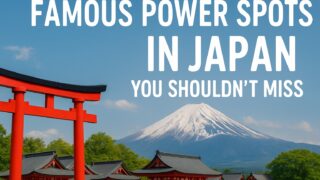
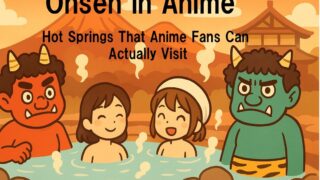
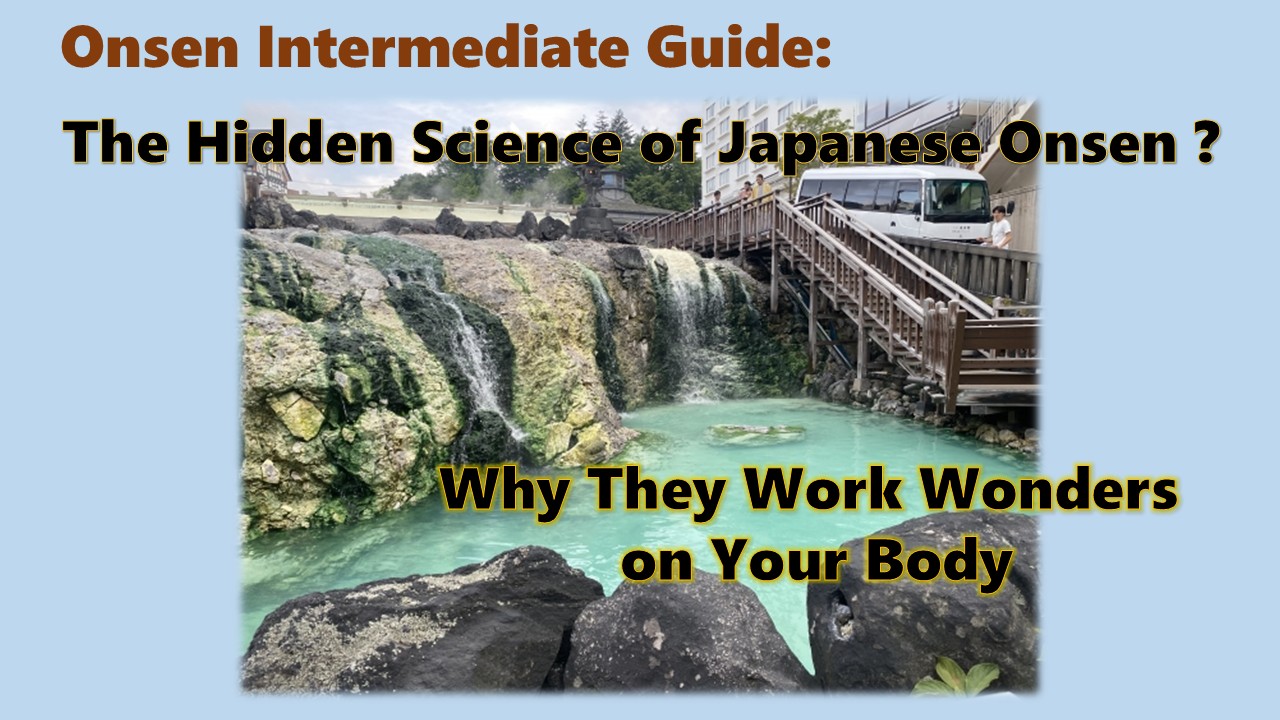


Comments